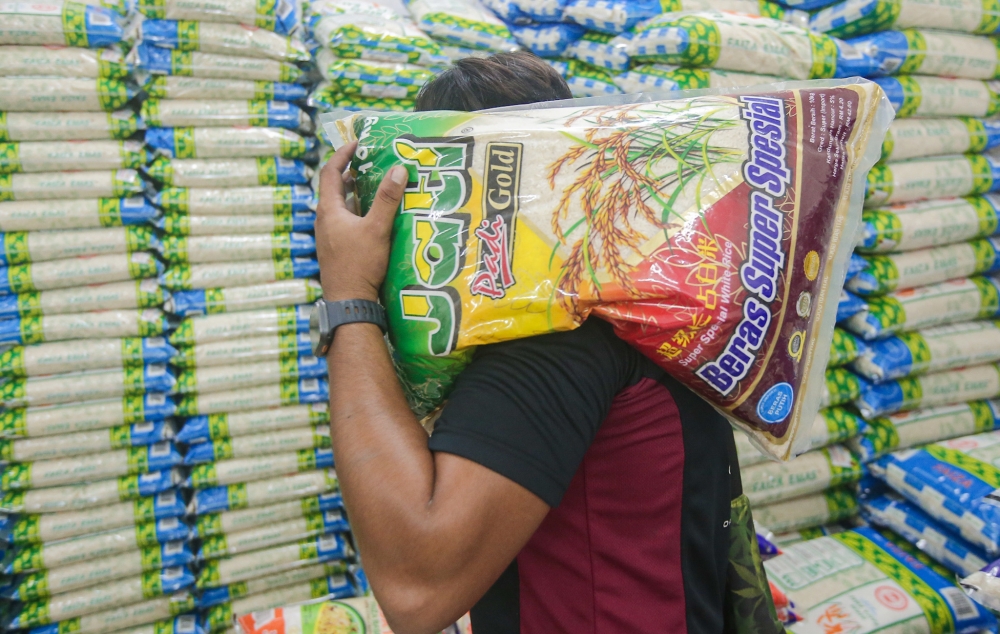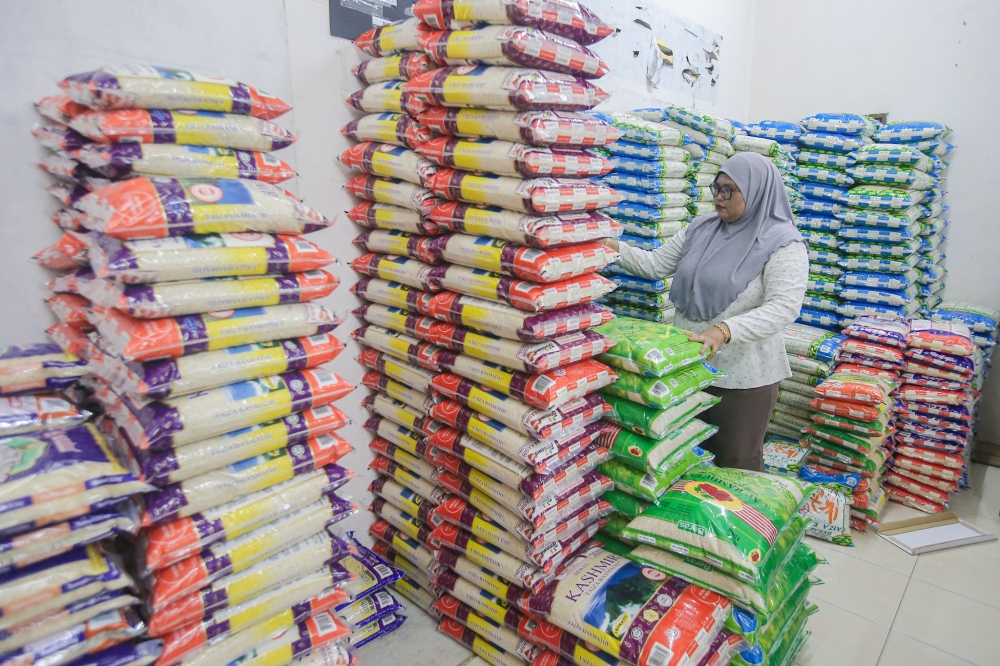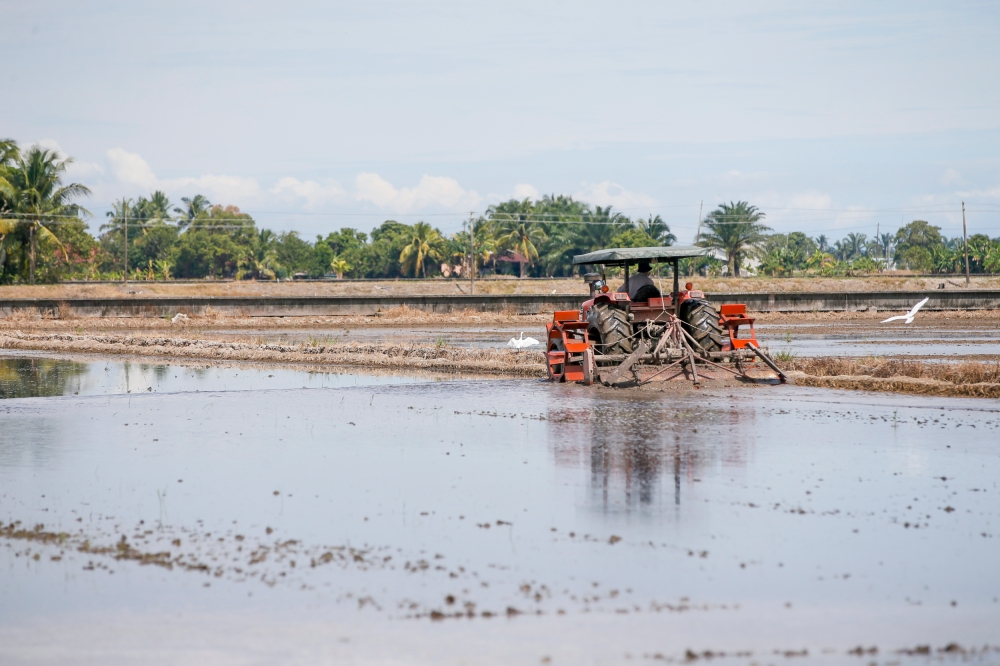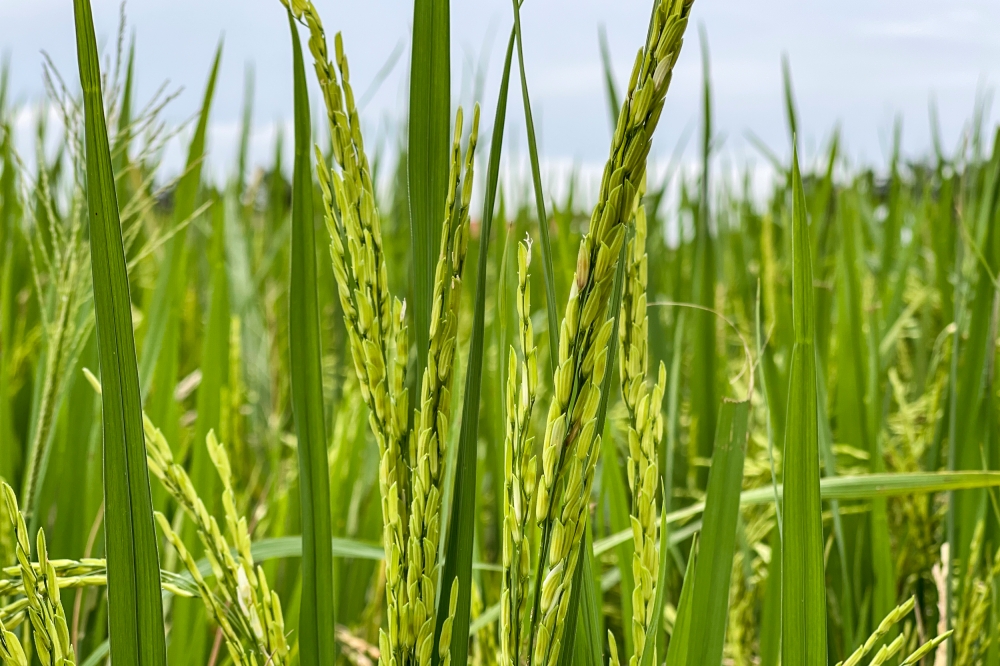KUALA LUMPUR, Oct 9 — Much ado has been reported about the stock and price of white rice in Malaysia since July 20 when the world’s biggest supplier, India, announced it would stop all its non-white basmati exports with immediate effect.
Prices soared as consumers feared they would run out of this staple food and went into a panic buying frenzy, so much so that Agriculture and Food Security Minister Datuk Seri Mohamad Sabu had to repeatedly assure Malaysians that the country has enough supply of locally grown white rice.
Anni Mitin, vice-president of the Malaysian Agroecology Society for Sustainable Resource Intensification (SRI-Mas), affirmed the minister’s assertion that local white rice stocks in the country are sufficient for the next few months.
She said that over the years, Malaysians had got used to eating imported white rice as local ones had been insufficient in the distant past, but today urban dwellers have become more sensitive to food price increases and are now looking for cheaper options regardless of their household income levels.
“It’s just that maybe because those who have been so used to buying imported rice, when the price has increased, they have to find a way.
“So they are affected by this as they need to go for the cheaper version, even though before this they were enjoying all these special jasmine rice, all imported rice, and now it’s more expensive,” she told Malay Mail in a virtual interview this week.
SRI-Mas president Emmy Farha Alias agreed that Malaysia is not in facing a shortage of white rice supply.
She pointed out that local white rice production has been unchanged for several years now “because we do not export our rice”.
“Even though there is no stock or no buffer stock in the market, we still have a stockpile,” Emmy said.
“By right, consumers don’t have to panic buy. Maybe the consumers have forgotten that the country has a stockpile of local rice as every country in Asean must have their own stockpile,” she told Malay Mail in the video interview, sitting next to Anni.

A bigger problem
To Anni, the current rice fuss has exposed a greater vulnerability — Malaysia’s failure to be self-sufficient on key food crops.
She said the Malaysian government’s approach to agriculture or food production seemed more haphazard and less organised compared to the two other biggest economies in South-east Asia.
“We seem to want to plant everything... and when it comes to that, there is no focus on where the resources should go, unlike Thailand and Indonesia. They want rice. They focus a lot on rice.
“Maybe the focus is more on cash crops? Or is it for food security? We want to ask, where do we want to take our agriculture?” Anni asked.
There seems to be a lack of focus on which type of crops and there is uncertainty on whether it is cash crops or crops for food security, she said, pointing to the creation of two separate ministries to tackle key crops — the Ministry of Agriculture and Food Security and the Ministry of Plantation and Commodities.
Anni said the main issue facing the country is which crop has more political back-up; as it affects how much technical, cultural and financial attention is given.
“As now it's a matter of whether we are able to differentiate or able to see what technology is appropriate for us,” she said.
Anni said that without proper knowledge, Malaysia would not be able to develop its crops no matter what kind of technology it adopts.

Legislation
Anni said there may be a need to review the Control of Paddy and Rice Act 1994, also known as Act 522.
She said the law was drawn up to look after the interests of local farmers but appeared to have strayed from it as can be seen in the ongoing problem with the seeds for certain rice varieties, adding that it was a perennial concern.
“Despite all the subsidies that are given, millions, we still cannot move from the 65 per cent SSL, why?” she asked, using the abbreviation for self-sufficiency level.
She said that Malaysia’s rice self sufficiency levels will be met when its supply is able to meet the population’s consumption levels.
“Say for example chicken, we have enough chicken, and everyone can have extra chicken every day,” she said, drawing parallels with the country’s favourite meat.
With the current push to increase local rice yields, Anni pointed out that the government also has agreements with other rice producing countries to buy a certain amount of their grain crop.
She noted that at the end of the day, while the government seeks to regulate the prices of imported rice, Malaysia should be turned into a “dumping ground” and neglect its own locally grown crop.
“I really hope that those who are in the power to decide will really look at long term and short term impact to Malaysia, especially when it comes to food security and rice,” she said.
“What happens later, when the farmers start to produce more rice, people move back to import rice, what will happen to local rice?” Anni asked.

Supporting local rice farmers
Anni said Malaysia has many local rice varieties, one of which is heirloom rice, which is a type of grain that has been planted over generations in certain communities.
“Why are we not talking about it? Because in certain areas of farmers, for example in Sarawak, the farmers in Ba’kelalan and Long Semado in Sarawak, they have a lot of heirloom rice, they produce heirloom rice, but where can they sell?
“Why are they not being supported so that Malaysians can also know other forms of rice, apart from beras putih?” she asked.
Anni said that her agroecological society has been trying to raise awareness about the lack of grain seeds for the past few years now because of the impact on long-term farming on nature.
She noted that Malaysians only started panicking after India stopped its white rice exports, adding that the solutions so far have been short-term fixes instead of looking at the whole system to ensure the country’s food supply.
“So if we really want to address this, we have to address what farmers are planting. What varieties are they planting,” she said.
She said that India’s rice decision to safeguard supply for its own domestic consumption was caused in part by climate change, and that Malaysia will face a similar dilemma.
According to Anni, not many policy makers or even traders are willing to help to promote local rice or heirloom rice.
“This is a crisis. I hope it will open their eyes to say ‘oh we also have all these other rices’. But why are Malaysians not having it?
“If the government can support imported rice prices, why not heirloom rice?” she asked.
She said that ensuring local stockpiles of heirloom rice will help to strengthen the domestic economy that can withstand external pressures.
Elizabeth Gimbad, an anthropologist specialising in rice, agriculture and rural development in Sabah, said the crop situation in Malaysia can be traced back to the 1980s when the government made the pivot from food crops to agricultural commodities like palm oil and rubber.
She said that as the agricultural crops drew in revenue, the government decided to shift away from making its basic needs to buying from other countries with its higher income.
“It has been reported in the news whereby previous ministers said there is no need to worry about rice self-sufficiency as the government has enough to buy what the country needs,” she said.
She said this attitude remained unchanged even after the Covid-19 pandemic that forced the world into social isolation, testing each country’s food self sufficiency.

Resilience
To Elizabeth, Malaysia’s food security challenges today are a result of the government’s decision to shift from an agricultural economy to industrialisation.
“The point here is actually the question of resilience — what is our country’s response to hardship,” the Sabah native said.
She said that Malaysia emerged from the Asian Financial Crisis of 1997 relatively unscathed compared to Thailand and Indonesia, and credited then prime minister Tun Dr Mahathir Mohamad for refusing to take on sovereign loans back then but banking on its commodities like palm oil see it through the economic turmoil.
“Thank you very much Dr Mahathir for not taking on other people’s recommendations by taking up loans, so the country still managed to sort of hang on and focus on its oil palm and commodities.
“Whereas for Thailand and Indonesia, they plunged into not only financial crises, but if you look at the records, they had massive problems with healthcare.
“Indonesia’s child mortality rate increased, it was very much because of malnutrition.
“And what happened as a result of that? Indonesians were leaving the cities and trying to find their way back to the countryside to concentrate on growing rice.
“And for the Thais, they realised that they cannot go into full industrialisation as they also need to look at the rice bowl of the people and still needed to maintain some fundamentals because if you cannot feed yourselves in times of hardship what does that mean?
“Means that your whole population is gone,” she said.
Comparing Malaysia with its Asean neighbours, Elizabeth said certain produce are cheaper there because they are locally grown.
“Thailand and Indonesia are able to do much better because they been through a different experience compared to us.
“In Thailand you can see people go to the market and comment on why mangoes are so cheap and food is cheap.
“Part of the answer is that firstly, agriculture for food is cheaper in Thailand. They are produced within Thailand whereas in Malaysia we have to import it from outside, and that drives up the cost in everything that we do.
“The other thing is labour. In Thailand and Indonesia, it is cheaper compared to Malaysia,” Elizabeth said.






















